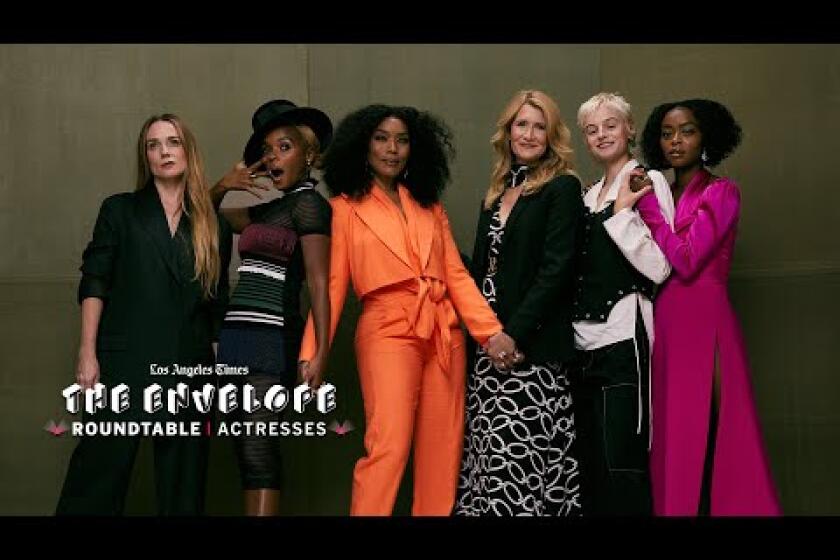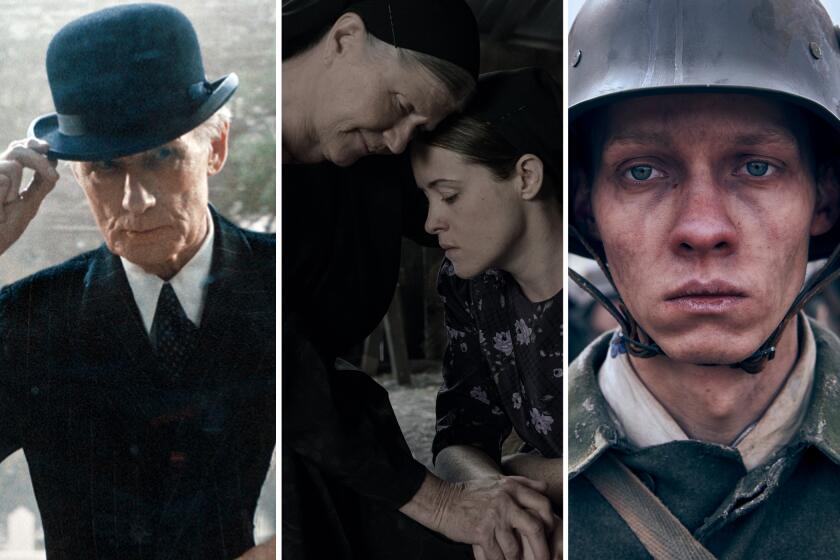As ‘Lady Chatterley’s Lover’ heats up, you almost want more of those stylish clothes
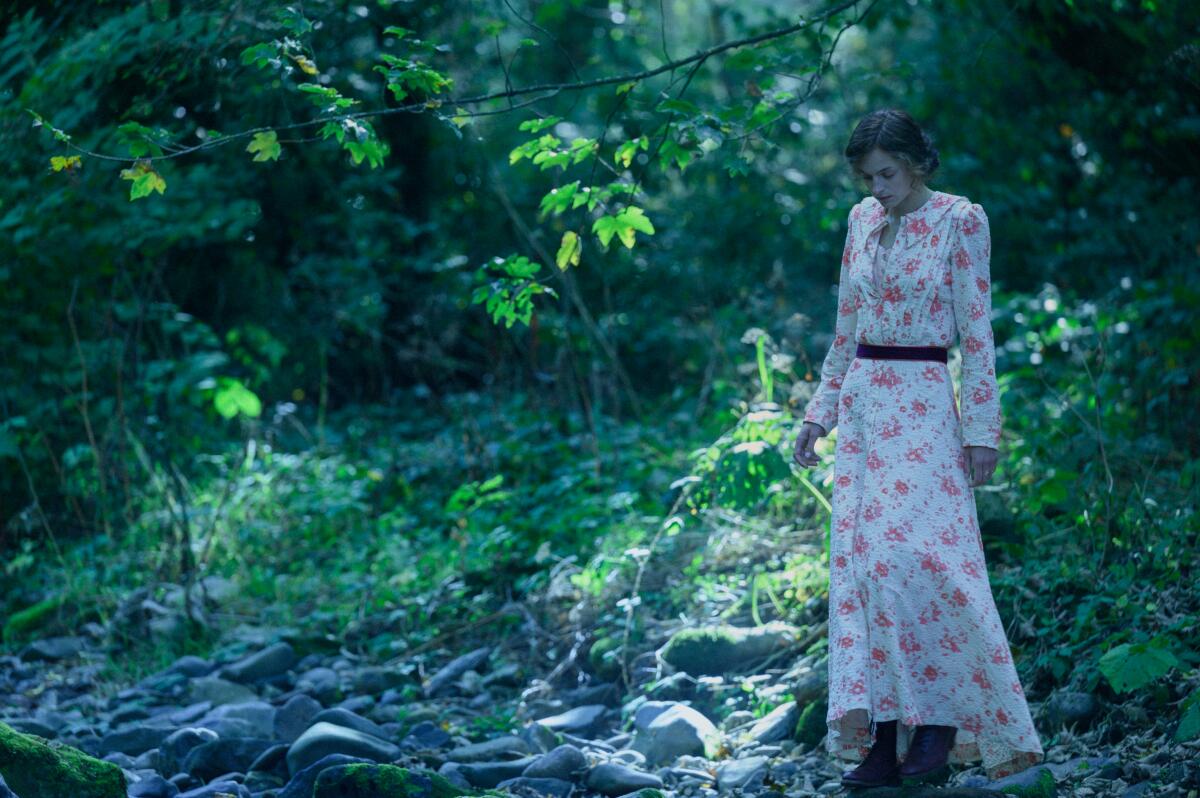
Warning: You may come away from viewing the sexy, often graphic Netflix film “Lady Chatterley’s Lover” with a deep, deep desire — for the clothing.
The wardrobes of the main characters are so uniformly appealing and sensual that the many scenes where the characters are undressed almost makes you wish for a speedy return to their clothes. The seductive film is adapted from D.H. Lawrence’s once-banned 1928 novel, controversial for its descriptions of sex and female pleasure and desire.
British costume designer Emma Fryer worked with French director Laure de Clermont-Tonnerre to tell the lovers’ story from a largely female perspective, one that allows clothing its many symbolic associations.
Emma Corrin, who played Lady Diana Spencer in “The Crown,” stars as Lady Constance (Connie) Chatterley, who is draped in the film’s most engaging wardrobe. Through jaunts to London, Venice and the English countryside, she’s cocooned in rich velvet, swathed in sinuous silks and layered with sheer, tantalizing cottons. Matthew Duckett plays her husband, Sir Clifford Chatterley, who returns from World War I paralyzed from the waist down. An aristocrat, he’s dressed impeccably in thick, stiff woolens that are representative of the strict Edwardian era.
Overwhelmed and emotionally frustrated in a now-loveless marriage, Lady Chatterley follows her husband’s suggestion to produce him an heir through an affair. She finds steamy romance with the estate’s sensitive and well-read gamekeeper, Oliver Mellors (Jack O’Connell), who makes suspenders unexpectedly erotic.
“Over the run of the whole film there is a journey that the clothes of Connie take, and the clothes tell the story of that journey too,” Fryer says.
The tale begins in 1918, an auspicious historical moment, Fryer says.
Bassett, Monáe, Emma Corrin, Kerry Condon, Danielle Deadwyler and Laura Dern open up about the benefits of intimacy coordinators and channeling pain.
“It’s a really interesting period because you have the Suffragette movement and World War I, and women’s clothing really changed in that period. The corset is gone. There were military styles women started wearing. And the length of skirts starts going up and down,” Fryer says.
“Everything sort of loosens up. The rigidness of the early Edwardian and Victorian periods are gone. That actually worked well with Connie’s journey, but at the beginning she was slightly more buttoned up and the colors were darker and the fabrics were heavier.”
Even in her buttoned-up state, there’s a sensuous feel to her clothes, which are edged with fur, embellished with elaborate embroidery and wrapped in lace layers, which reflect her rarified status and gradually, her unburdening.
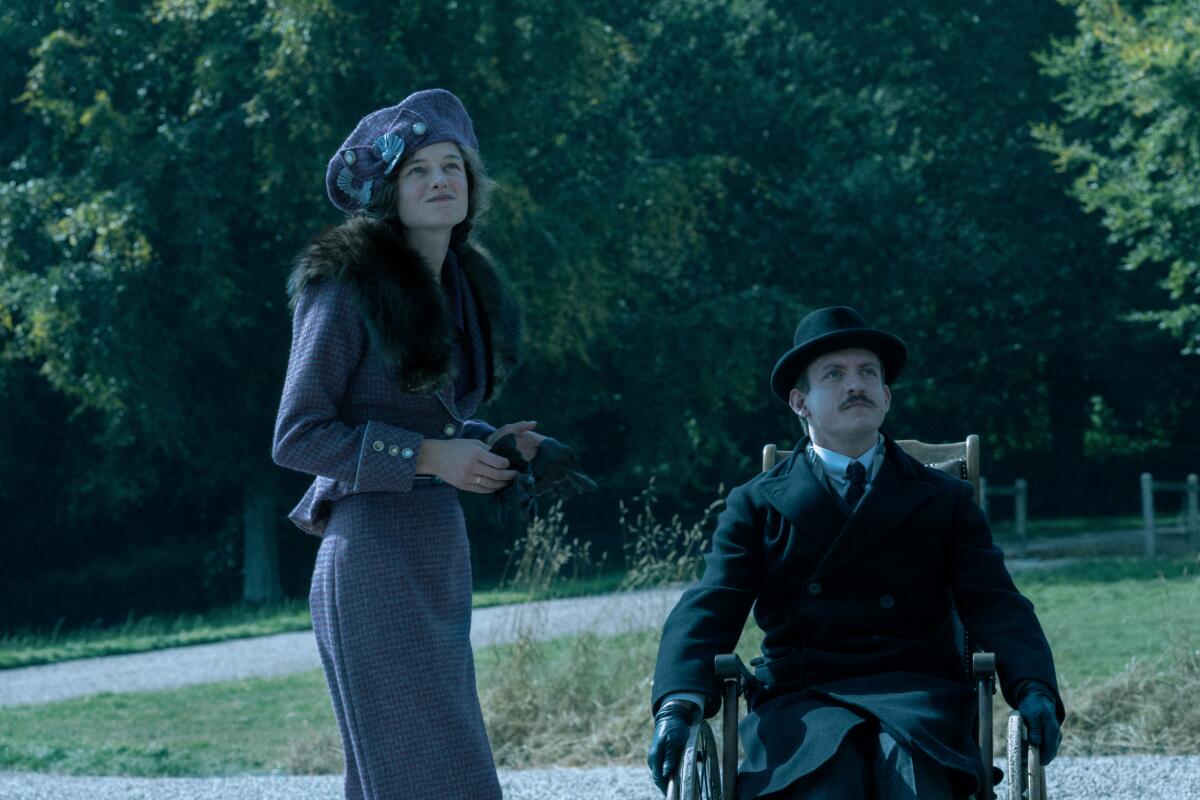
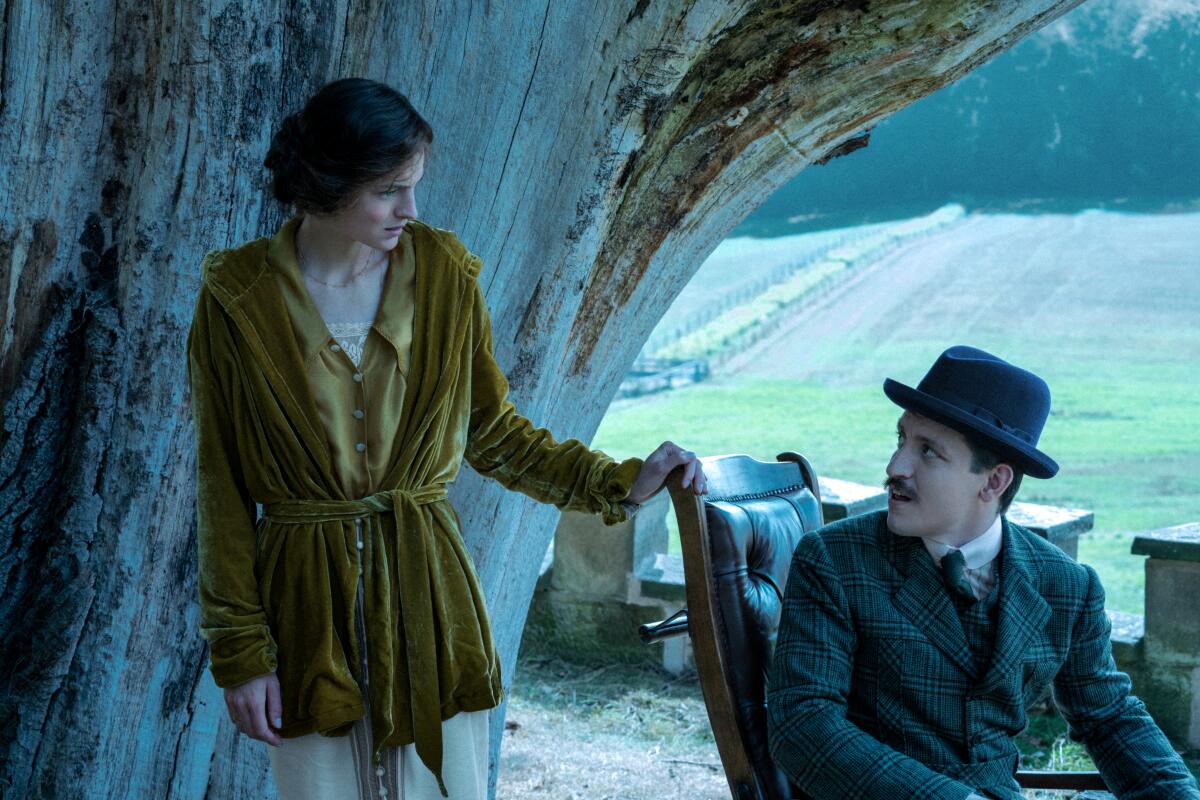
“As we travel through the journey of the film and we meet Mellors and the relationship gets stronger, I moved away from wintry tweeds and wool and her whole silhouette became loose, and the fabric became less heavy — floatier and sheerer,” Fryer says.
As Lady Chatterley sheds repression, her clothes get lighter and freer, she adds.
“At the height of the relationship, we were in the summer and the fabrics were very much into lightweight cottons and printed sheer fabric. There was a real Bohemian aesthetic and a playfulness in regard to Connie and Mellors together,” an effect meant to emphasize her free and rebellious spirit.
Many of her ensembles featured layers that exposed the tantalizing edge of a slip or a glimpse of an underpinning.
“There is a sense of undressing almost,” says Fryer, who built apertures and translucence into the garments, slyly suggesting the repressed person seeking escape. Mellors is given a relaxed French workwear uniform in inky blues and touchable textures that enrich his presence in the verdant outdoors. A key item, a button-front underwear shirt, shares heritage with today’s henley, a shirt that’s never shed its virile associations.
Though the film is set more than 100 years ago, the skillful inclusion of classic and contemporary items makes the clothing and the characters relatable and the costumes desirable to viewers.
Our BuzzMeter film experts predict the Oscar winners in 10 categories. Check out the consensus picks, close races and interesting narratives - and vote in the polls for every category.
As Fryer worked with Corrin to find the character of Connie, the duo found relevant items in current designer collections such as Zimmermann, Vilshenko, Galanthya and, for a wedding gown, the U.K.’s Needle and Thread.
“A lot of the clothes you could wear today,” Fryer says. “When we were finding Connie together as a character, Emma would say, ‘I would wear this now.’ Some of the fabrics are slightly embroidered, which is very much of the period, but you can find so much of that today in clothing as well. The period we were in is repeated almost every summer in so many designer collections,” says Fryer, who found historical and modern-day examples of frilly print and embroidered dresses paired with boots, a fashion trend mainstay.
“Those little elements, the oversize collars, belts, sashes, embroidery and lace. Even now there are labels that are entertaining that period. It was bringing some of that into her wardrobe.”
With the addition of authentic vintage items and custom-built costumes, the contemporary pieces blended almost imperceptibly.
As Lady Chatterley’s life is reinvented, her clothes telegraph her new direction. In a final scene, she’s embraced a new look: simple, tailored menswear classics.
“She turned on convention to show her independence from common mores,” Fryer says. “There was a real sense of freedom in that.”
More to Read
From the Oscars to the Emmys.
Get the Envelope newsletter for exclusive awards season coverage, behind-the-scenes stories from the Envelope podcast and columnist Glenn Whipp’s must-read analysis.
You may occasionally receive promotional content from the Los Angeles Times.
